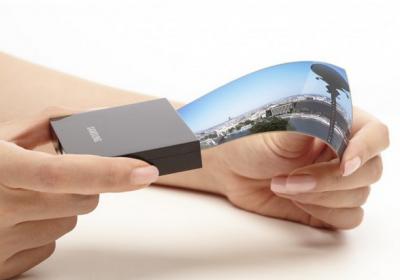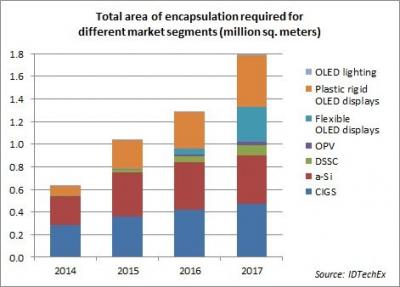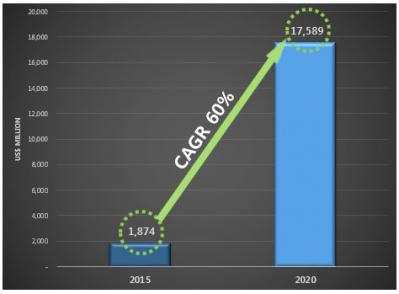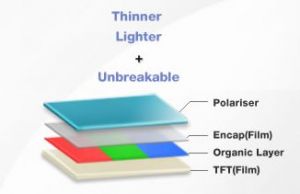Veeco does not see any FAST-ALD flexible oled encapsulation system orders from SDC in the near future
In September 2013, Veeco acquired Synos Technology for $185 million for the company's FAST-ALD flexible OLED encapsulation technology. Veeco later received a purchase order from SDC for a first-generation FAST-ALD prototype system. Veeco expected a manufacturing ramp to begin in 2014 - hoping to book more than $75 in ALD production systems by the end of the year, but this never happened.

Veeco now reported their financial results for Q4 2014, and while the company says they "successfully demonstrated its FAST-ALD technology for flexible OLED encapsulation", they currently do not see any near-term revenue coming from this sector.






